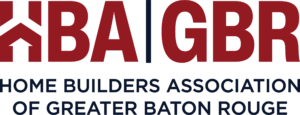New NAHB research based on the latest 2019 American Housing Survey (AHS) shows that, on average, homeowners spend around $9,240 per year to operate and maintain a single-family detached home. This includes property taxes, insurance, maintenance and utilities, with property taxes being the costliest component. Annual operating costs increase consistently with household income, home size and value. When measured as… Read More ›
The Federal Housing Finance Agency (FHFA) and the U.S. Department of the Treasury yesterday announced that Fannie Mae and Freddie Mac (the Enterprises) can continue to retain earnings until they satisfy the requirements of the 2020 Enterprise capital rule. Under the 2020 final capital rule, Fannie Mae and Freddie Mac’s combined risk-based capital requirements would have been $283 billion as of June 30, 2020.
The winner of the 2021 Spark Award from the NAHB Leading Suppliers Council (LSC) is one of Signature Kitchen Suite’s latest innovations: the 48-inch Dual-Fuel Pro Range. The high-end range is the first of its kind to feature built-in sous vide functionality with both induction and gas on the cooktop, plus two ovens below.
During the week ending January 9, weekly initial jobless claims soared to 965,000, the highest level since mid-August 2020. Continuing claims, which lag initial jobless claims by one week, rose by 199,000 in the week ending January 2. The labor market is struggling to recover from the COVID-19 pandemic as many states tighten business restrictions amid the resurgence of the… Read More ›








